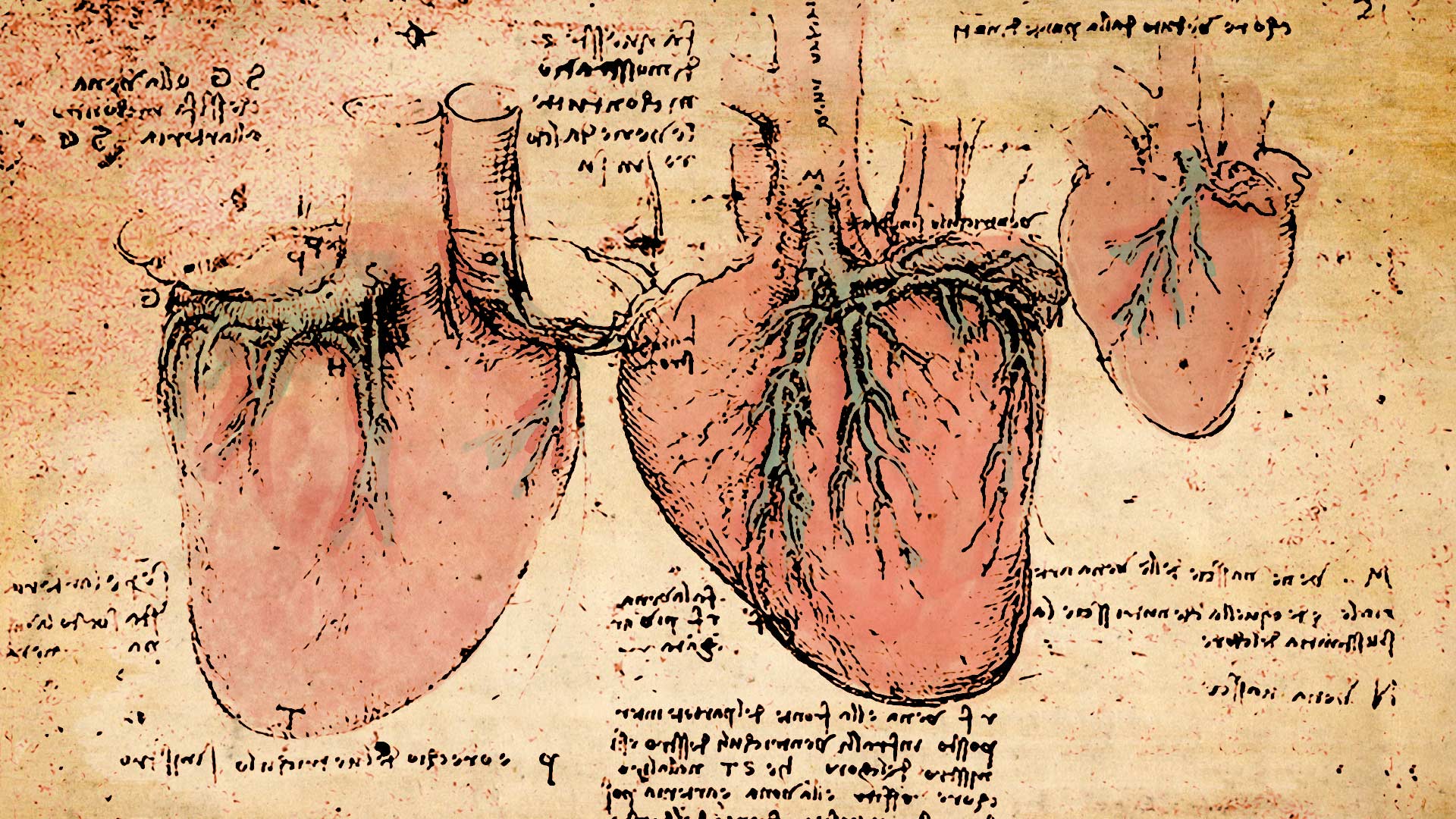A puzzle since the 16th century:
In humans, the heart is the first functional organ to develop and starts beating spontaneously only four weeks after conception. Early in development, the heart grows an intricate network of muscle fibers — called trabeculae — that form geometric patterns on the heart’s inner surface. These are thought to help oxygenate the developing heart, but their function in adults has remained an unsolved puzzle since the 16th century.
“Our work significantly advanced our understanding of the importance of myocardial trabeculae,” explains Hannah Meyer, a Cold Spring Harbor Laboratory Fellow. “Perhaps even more importantly, we also showed the value of a truly multidisciplinary team of researchers. Only the combination of genetics, clinical research, and bioengineering led us to discover the unexpected role of myocardial trabeculae in the function of the adult heart.” …
The research suggests that the rough surface of the heart ventricles allows blood to flow more efficiently during each heartbeat, just like the dimples on a golf ball reduce air resistance and help the ball travel further.
The study also highlights six regions in human DNA that affect how the fractal patterns in these muscle fibers develop. Intriguingly, the researchers found that two of these regions also regulate branching of nerve cells, suggesting a similar mechanism may be at work in the developing brain.
The researchers discovered that the shape of trabeculae affects the performance of the heart, suggesting a potential link to heart disease. To confirm this, they analyzed genetic data from 50,000 patients and found that different fractal patterns in these muscle fibers affected the risk of developing heart failure. Nearly five million Americans suffer from congestive heart failure.
Further research on trabeculae may help scientists better understand how common heart diseases develop and explore new approaches to treatment.
Cold Spring Harbor Laboratory, “Understanding the inner workings of the human heart” at ScienceDaily
Paper. (paywall)

A friend asks, is this true of the human heart only? What if it turns out to be true of some very ancient hearts? Don’t laugh—complex eyes are very ancient in the history of life.